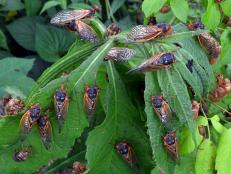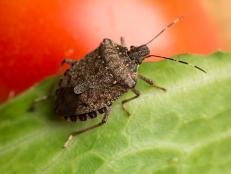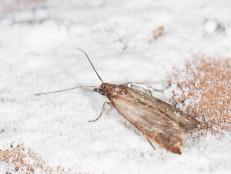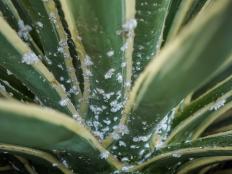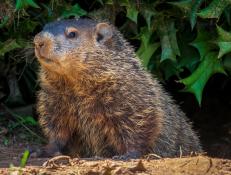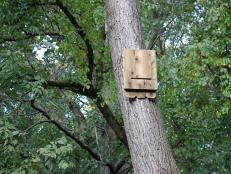Millipedes

Whether they're long or short, flat or cylindrical, brightly colored or just plain gray, brown or black, critters that have two legs for every body segment are called millipedes. And unlike insects, millipedes have multiple body segments. (No, they don't have 1,000 legs as the name suggests, but they can have anywhere from a couple dozen to a few hundred, depending on the length of their bodies.)
These slow-moving critters are found throughout the U.S.; there are thousands of species, their size and appearance varying considerably. You'll usually find them in dark, cozy places--under leaf litter near the soil, where they feed on decaying plant matter or fungi.
Unlike centipedes, millipedes don't sting or bite or otherwise pose a threat to people, but some have a chemical defense system that helps ward off predators--when disturbed, they emit a volatile chemicals through their pores; the substance can stain skin or clothing. Take care not to transfer the residue to your eyes, nose or mouth.
Millipedes aren't usually a problem for the gardener, but they can sometimes damage young vegetable seedlings and greenhouse crops. In general, they feed on plant matter of all types, rotting wood, fungi and even algae. A few are carnivorous, feeding on insects. If populations build significantly in the garden, reduce their numbers with moisture control (they need a moist environment). You can also trap them under boards, tarps and newspapers. You might also consider dethatching the lawn.
The only place they're considered a minor nuisance is indoors. If given the chance, they'll enter a house in the early fall and sometimes in the spring, usually during a period of wet weather. To give them less access to your home, rake leaves and mulch away from the foundation of your home, and caulk or seal gaps in windows, doors and the foundation. What they need, though, is moisture, so they usually die within a couple days of coming inside. They don't reproduce indoors.
For kids and some adults who like unusual critters, millipedes enjoy a certain following. Look for a list of arthropods that enthusiasts might like to take care and you're sure to find such specimens as the giant African black millipede (up to 10 or 11 inches long), the pill millipede (looks a little like a large pillbug) and the fire millipede (red with black stripes and yellow legs, up to eight inches long). If you must have a millipede as a pet, try a well-stocked pet store or online source.







